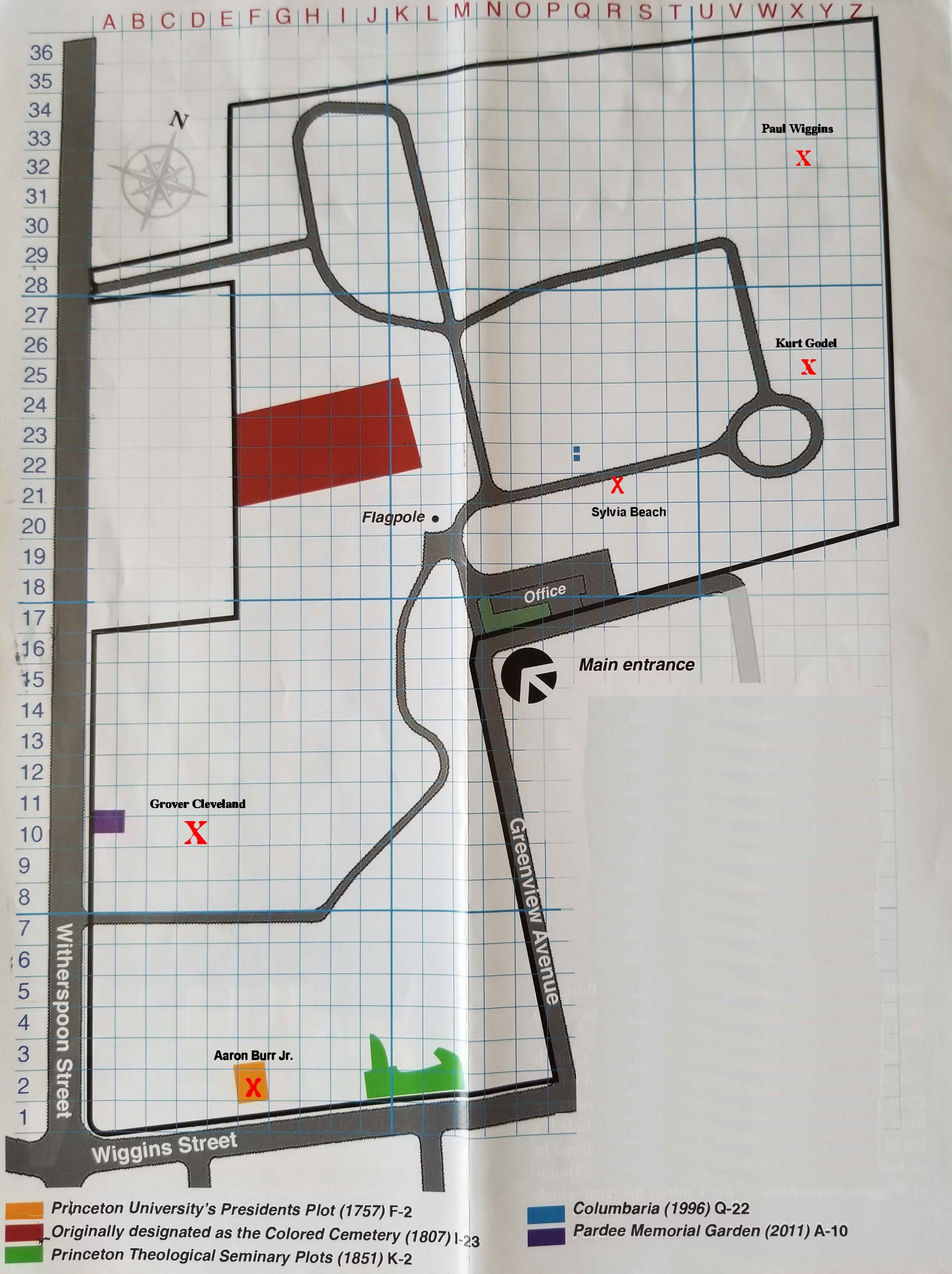Eugene Wigner
Fun Fact
Wigner participated in a meeting with Leo Szilard and Albert Einstein that resulted in the Einstein-Szilard letter, which prompted President Franklin D. Roosevelt to initiate the Manhattan Project to develop atomic bombs. Wigner was afraid that the German nuclear weapon project would develop an atomic bomb first. During the Manhattan Project, he led a team whose task was to design nuclear reactors to convert uranium into weapons grade plutonium.
Cemetery Information:
Final Resting Place:
Princeton Cemetery
29 Greenview Avenue
Princeton, New Jersey, 08542
USA
North America
Map:

Grave Location:
Section 4, Block 31, Lot 31, Grave 1Grave Location Description
As you drive through the entrance of the cemetery, past the office on your right, take the first right. Continue straight and stay to the right and drive 3/4 around the roundabout, bear right, and continue straight to the next curve and park. Walk to your right at an angle towards the far corner of the cemetery and E.P. Wigner’s upright monument should be visible about 150 feet from the road.







